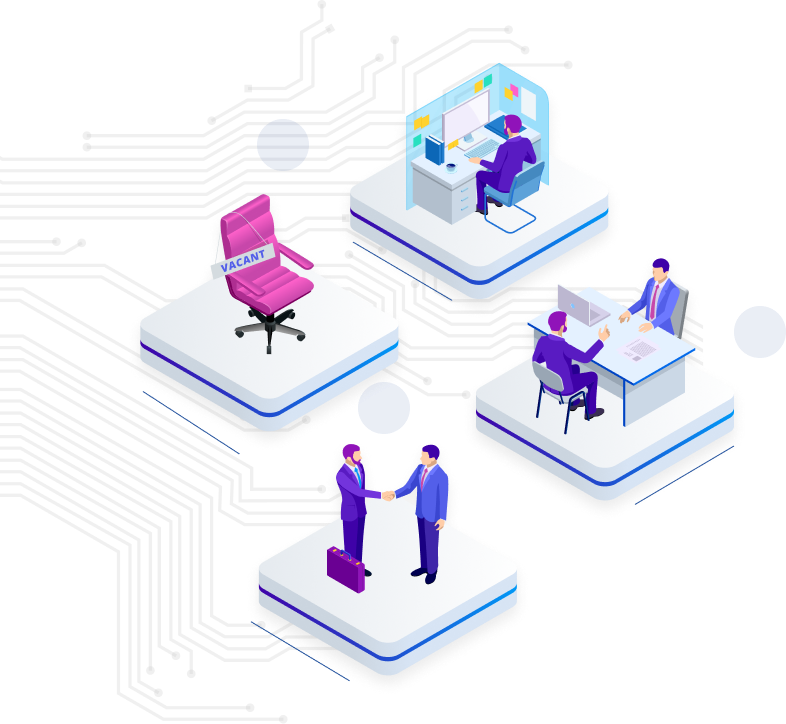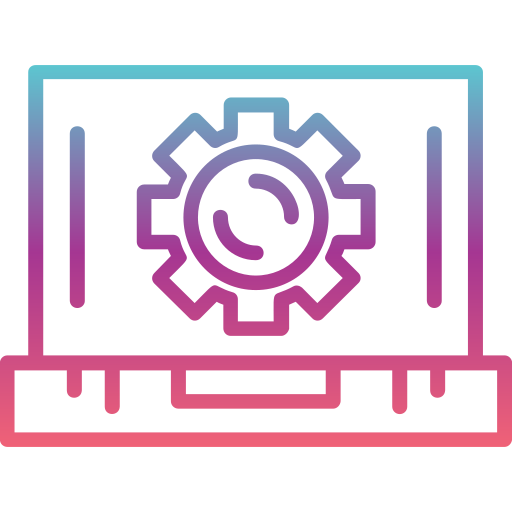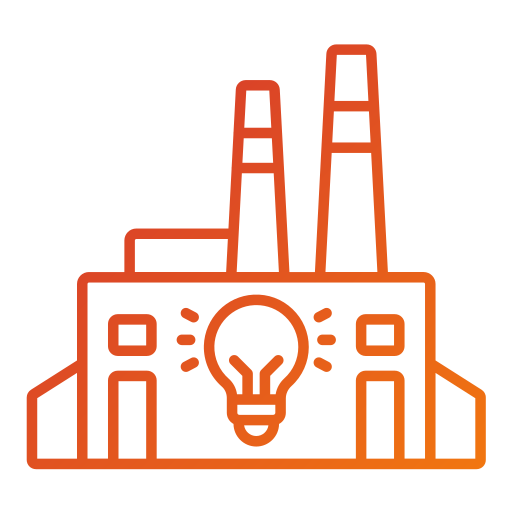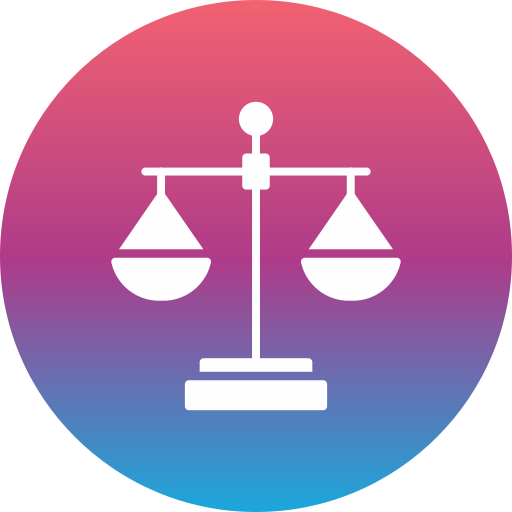Native Android app development
Why should you choose
About Native Android App Development
Why should you choose native android app development?
- It runs flawlessly on Android smartphones and seems natural.
- It utilizes sensors, GPS, camera, and other devices for rich functionality.
- It gives greater control over data and functions without the internet.
Productivity Apps: Users may manage their workflow, schedules, and tasks with the aid of these apps. To-do list applications, note-taking apps, calendar apps, and email clients are a few examples.

Communication Apps: Users can communicate and exchange information with others using these apps. Examples include messaging apps, social media apps, video conferencing apps, and email clients.
Entertainment Apps: These apps give users access to social media, games, music, and video streaming, among other forms of entertainment.
Business Apps: These applications are made to assist companies with various duties like operations, sales, marketing, and customer relationship management (CRM). Analytics dashboards, point-of-sale (POS) systems, and inventory management apps are a few examples.
Lifestyle Apps: These applications, which include retail, food and drink, travel, fitness, and health apps, are tailored to the individual interests and pastimes of its users.
Education Apps: Users can access educational games, e-readers, MOOC platforms, language learning apps, and other resources through these apps.
5 stage process of Native android app development
Ideation and Planning (Define):
- This phase creates the framework for your application.
- Start by outlining the goal of the app, who its intended user base is, and the benefits it will offer.
- Perform in-depth competitor analysis to comprehend current offerings and spot possible market gaps.
- To see the functionality and user experience of the app, sketch up user flows and screen mockups.
Design and Development (Build):
- This is where the app’s design comes to life.
- Designers of user interfaces (UI) produce aesthetically pleasing and user-friendly layouts for every screen.
- The official Integrated Development Environment (IDE) for creating Android apps, Android Studio, is used by developers to begin coding.
- The two main programming languages are Java and Kotlin, and the Android SDK (Software Development Kit) gives programmers access to libraries, tools, and documentation.
- Thorough testing is done at this stage to make sure the software works as planned and is error-free.
Testing and Refinement (Refine):
- At this point, quality assurance, or QA, is essential.
- Testers carefully inspect the application on a range of Android devices to find any bugs or irregularities in the user interface, as well as performance problems.
- Real-world user testing yields insightful comments on the usability and general user experience of the app.
- The app’s developers improve it by addressing issues and making changes to enhance functionality and user experience in response to this feedback.
Deployment and Launch (Release):
- It’s time to get ready for launch once the software has undergone extensive testing and polishing.
- For the app store listing, developers create promotional materials, app descriptions, and screenshots.
- After that, the app is uploaded to the Google Play Store while following all rules and regulations.
- Developing a launch strategy to raise awareness and encourage downloads within the intended audience is another task for this stage.
Maintenance and Updates (Evolve):
- A successful app needs regular updates and upkeep.
- When users report bugs, developers take care of them and provide updates to address problems or add new features.
- It’s essential to keep up with the most recent security patches and Android versions in order to preserve user confidence and optimal performance.
- To keep the app current and interesting, tracking user feedback and app analytics makes it easier to plan future improvements and find areas for improvement.
We offer THE BEST Native Android App development services
Our goal is to generate inventive design solutions and provide exceptional services that prioritize customer satisfaction and enhance the value of your business.
Unleash Native Performance
Build blazing-fast, responsive apps that leverage the full power of Android devices.
Direct Hardware Access
Tap into the raw capabilities of Android hardware for superior graphics, audio, and sensor integration.
Pixel-Perfect Control
Craft a seamless user experience with complete control over the look and feel of your app.
Offline Functionality
Empower users with apps that work flawlessly even without an internet connection.
Security at the Core
Leverage the inherent security features of native development for robust and trustworthy apps.
Future-Proof Your App
Build apps that seamlessly integrate with the latest Android features and updates.
Native Android Development Process
The Native Android development process involves meticulous planning, Java/Kotlin coding, thorough testing, and optimization, ensuring the delivery of high-quality Android applications that meet user expectations and industry standards.

Planning and Design
- Understanding your business
- Analyzing project requirements
- Sending a project estimation

Development
- Creating a visual representation
- Designing wireframes
- Designing UI and UX

Testing and Quality Assurance
- Establishing parameters
- Creating project phases
- Sending feedbacks

Deployment and Launch
- Configuring the server
- Double checking dependencies
- Launching the app
- Understanding the business
- Identifying project requirements
- Drafting proposal document & milestone breakup
Have Questions? We are here to help
Have Questions? We are here to help
It varies depending on the project’s needs. But it can be considered roughly
It varies depending on the project’s needs. But it can be considered roughly
It varies depending on the project’s needs. But it can be considered roughly
It varies depending on the project’s needs. But it can be considered roughly
It varies depending on the project’s needs. But it can be considered roughly
Our Industries
Industries We Serve

Hospitality

Healthcare

Education

Travel

Real Estate

Car & Taxi

IT

Startups

eCommerce Store

Blog & News

 +447778422500
+447778422500 +91 6289885805 ( Sales)
+91 6289885805 ( Sales)




